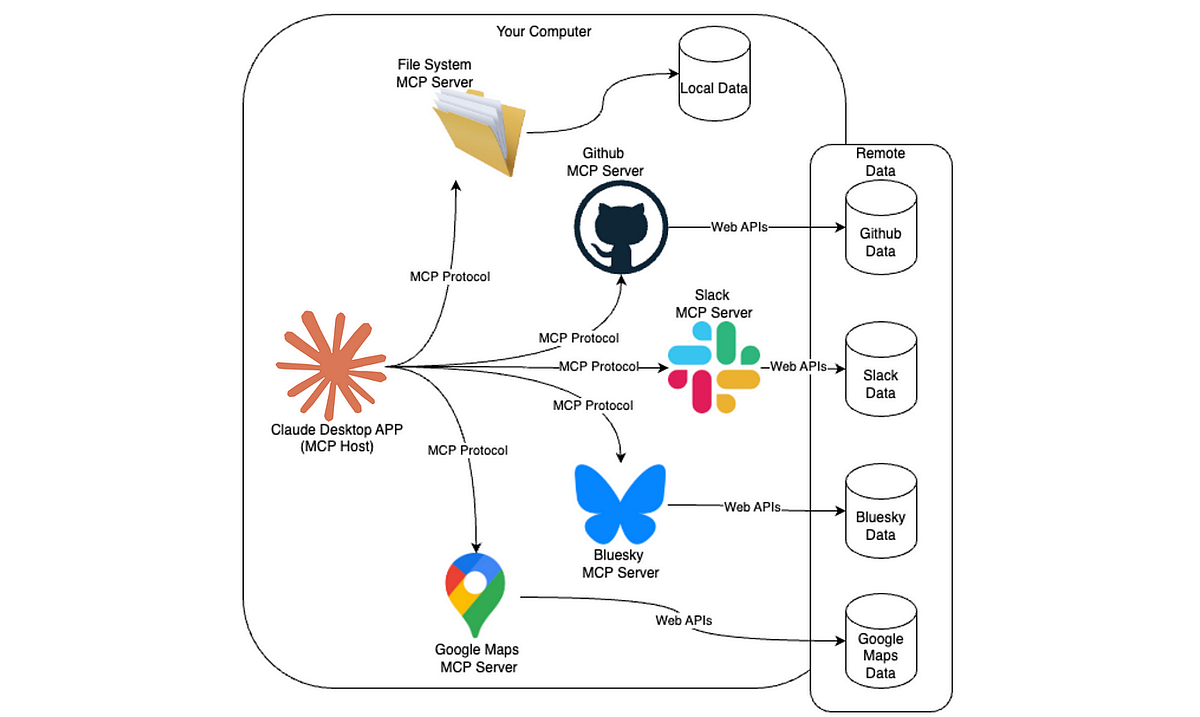Everything You Need To Know About Data and Reporting
Share now

We all know data doesn’t have to be boring. With the right data and reporting, it can become a powerful tool that helps businesses make data-driven decisions and achieve their goals. When data reporting is done right, it can be an amazing source of insight into your business that reveals trends, successes, and potential areas for improvement.
Understanding the best ways to gather data and the various data reporting techniques can help businesses get the most out of their data. In this blog post, we’ll explore data reporting and everything you need to know about data and reporting.
What Is Data Reporting?
Data reporting is the process of collecting data from various sources, organizing and analyzing it, and presenting the data in a clear and meaningful way. It’s an essential data analysis skill that helps businesses gain insights about their data, make data-driven decisions, track performance, and increase the valuation of their business .
A data report is an analytical or informational report created using data collected from data sources. A data report can be anything from a simple pie chart that indicates data trends to in-depth analysis and insights about a data set.
Why Is Data Reporting Important?
Data reporting can help organizations make better decisions by providing data-driven insights that reveal trends and patterns not easily identified through traditional data analysis methods. It also helps to identify areas where data may be missing or incomplete, providing a more accurate picture of the data set.
Furthermore, data reporting helps organizations track performance, detect data discrepancies or errors, and identify data-driven opportunities. With data reporting, businesses can get a better understanding of their data and make informed decisions based on the data.
Types Of Data Reporting
Data reporting techniques vary depending on the data and the data sources, but there are several common types of data reporting. Here are the most common data reports you may need to create:
1. Informational vs Analytical
If your data is a factual report of data points, it’s considered an informational report. Informational reports tend to be more concise and geared towards adding information to the data gathered. On the other hand, if your data is more of a data-driven analysis of data points, it’s considered an analytical report.
2. Recommendation/Justification Report
After presenting the data, a recommendation or justification report is a type of data report used to make recommendations based on data analysis. This type of data report is typically used when making decisions on projects, investments, or other initiatives.
3. Investigative Report
An investigative data report involves collecting data to investigate a plan or a particular issue that needs to be addressed. This type of data report can help businesses reveal hidden insights and trends related to the issue in question. For example, legal documents would be an investigative data report used to uncover any potential issues.
4. Compliance Report
A compliance data report is used to ensure data integrity and accuracy when offering data to regulatory bodies or other organizations. This type of data report can help businesses meet specific requirements and standards set by the relevant authorities.
5. Feasibility Report
A feasibility data report evaluates a proposed project or initiative to determine whether or not it should be pursued. This data report uses data to evaluate the potential risks, costs, and benefits of undertaking a project or initiative.
6. Research Studies Report
A research studies data report is used to analyze data collected from a research study. This data report can help researchers uncover new insights into their data to forecast and plan for the future.
7. Periodic Report
A periodic data report is used to track data over time and identify trends or patterns in the data. This data report tells you what happened during a specific time and can help businesses make better decisions based on their data.
8. KPI Report
KPI (key performance indicators) data reports are used to track data related to the organization’s performance. This data report can help businesses monitor their performance and identify areas where they need to improve.
9. Yardstick Report
A yardstick data report is used to compare data from different solutions to a problem. This solution-centric data report helps organizations determine which solutions are the most effective based on data analysis. What’s more, this report can be modified to suit your business needs.
Helping Businesses Achieve Their Goals and Grow
Data reporting can be a complex task, but it’s an essential part of data-driven decision-making for businesses. By understanding its process and the different types of data reports available, businesses can make informed decisions based on insights. With data reporting, you can uncover data that can help you make more informed decisions and stay ahead of the competition.
If you’re ready to leverage the power of data reporting, contact us today!
We’ll help you take data from your data sources to influence decisions that will shape your business for the future.
With data reporting, you can achieve your business goals and pave the way to bigger successes with data-driven insights. Start taking advantage of it today and watch as your business grows.
The post Everything You Need To Know About Data and Reporting appeared first on 8 Figure Agency.



